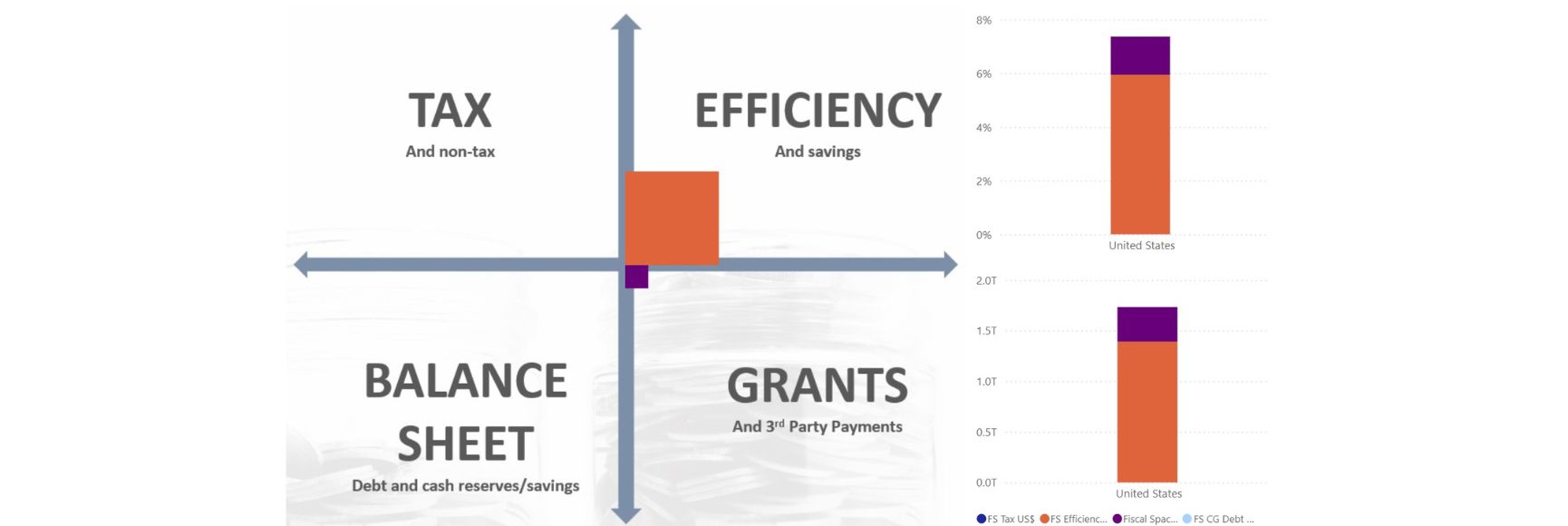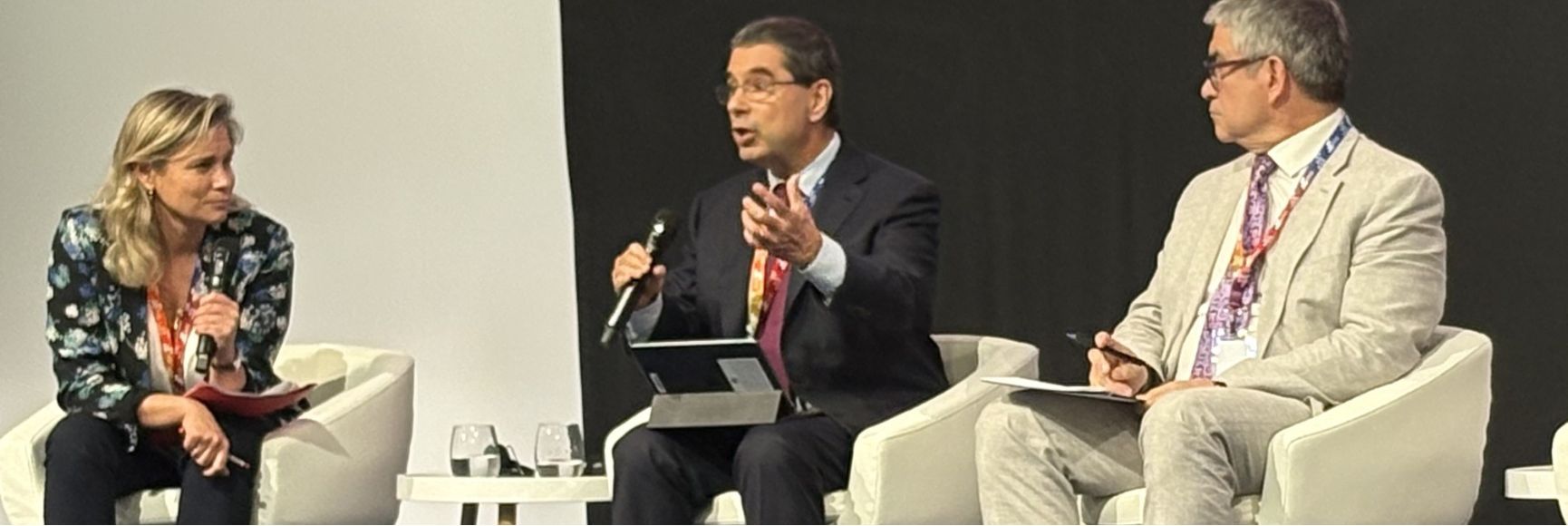Posted by Suhas Joshi and Frans Ronsholt[1]
This latest PEFA assessment updates the one completed in 2010. The main objectives of the exercise were to update the PFM reform action plan, track progress since the 2010 assessment, and develop internal capacity to enable any future PEFA assessments to be carried out independently.
The findings of PEFA 2015 are encouraging. Overall, the results show strong performance (scores of A and B) on aggregate budget outturns for both revenue and expenditure (PI-1 and PI-3), on transparency of inter-governmental fiscal relations (PI-8), and on orderliness and participation across government in the budget formulation process (PI-11). Good results were also achieved in the indicators relating to aggregate fiscal discipline, and the monitoring and reporting of budget execution.
Other indicators show weaker results, especially those relating to the strategic allocation of resources and fiscal transparency (PI-2, PI-6 and PI-10). Some falls in performance ratings since 2010 may be easy to rectify, e.g., the timeliness of publishing in-year budget execution reports (PI-10).
Whilst the overall performance of the PFM systems has only improved moderately since 2009, many important reforms are in the process of being implemented in Cambodia, and which may soon result in performance improvements. Of particular importance are the launch of the new FMIS system in 2015 and its gradual rollout during the coming years, as well as introduction of a more comprehensive and a unified chart of accounts. Reporting of budget execution in the same format as the approved budget will be facilitated by the FMIS, as will the consolidation of data across government institutions and levels of government. The FMIS also has the potential to address areas of weakness related to aggregate fiscal discipline and the efficient use of resources, e.g., by strengthening the reliability of allocations to line ministries, strengthening commitment control, reporting on commitments entered and their balances, and tracking expenditure arrears. Similarly, the government’s strategies to improve medium-term revenue mobilization should result in higher levels of voluntary taxpayer compliance (PI-13, 14, and 15).
Of course, analysis of PEFA indicators is not an end in itself, but rather a means to assist the government in delivering improved fiscal or budgetary outcomes, and to ensure that PFM systems are effectively supporting the delivery of the government’s policy objectives and targets.
Since 2004, the government of Cambodia has followed a reform path set out in the four Platforms (or “phases”) of the PFM Reform Program. Having focused initially on a set of reform measures designed to create a credible budget (Platform 1), progress is now being made on Platform 2 which gives priority to internal control and financial accountability. So far the main achievement of the reform program has been to achieve a high level of aggregate fiscal discipline, which was the main purpose of the first reform platform. Meanwhile, many activities related to Platform 2’s objective of improving financial accountability are well advanced. Looking ahead, attention will gradually switch to the development of a new PFM reform action plan that focuses on strengthening the strategic allocation of resources—particularly the policy-budget linkages foreseen in Platform 3—using the inputs from PEFA 2015.
[1] Suhas Joshi is the IMF’s Regional PFM Advisor for South and South-East Asia; Frans Ronsholt is a consultant.
Note: The posts on the IMF PFM Blog should not be reported as representing the views of the IMF. The views expressed are those of the authors and do not necessarily represent those of the IMF or IMF policy






